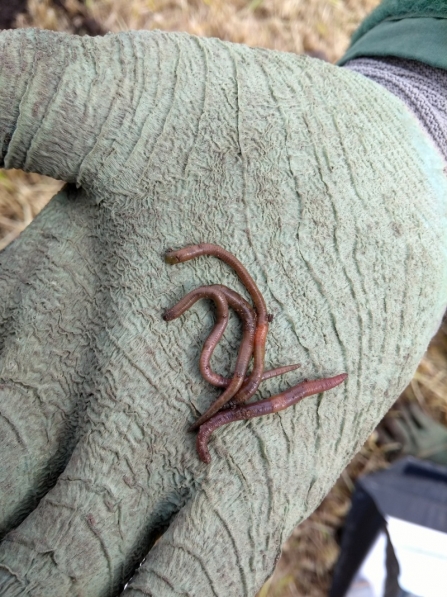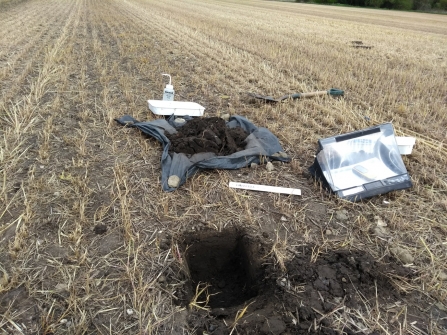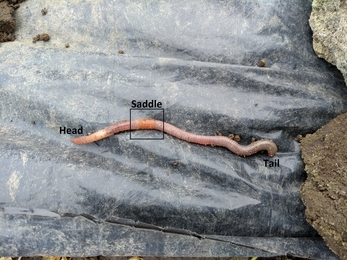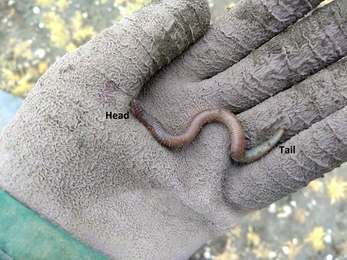Earthworms are ‘ecosystem engineers’ – their actions on the physical environment around them has a direct effect on its structure and the other organisms that inhabit it. They break down plant matter and release nutrients into the soil, making these available for soil micro-organisms and fungi to utilise. Their burrows allow oxygen and water to penetrate the soil, improving drainage after heavy rain and feeding plant root-systems. They mix soil layers and bring organic matter down into the soil, improving fertility.
Their behaviour fascinated Charles Darwin who called them ‘nature’s ploughs’. His 40 year study culminated in the publication of a book: ‘The Formation of Vegetable Mould through the Action of Worms’ which was more popular than the more famous ‘Origin of Species’ in his lifetime!





